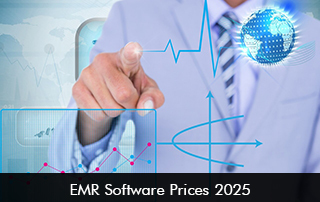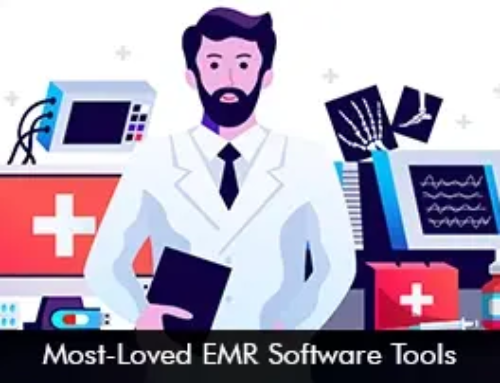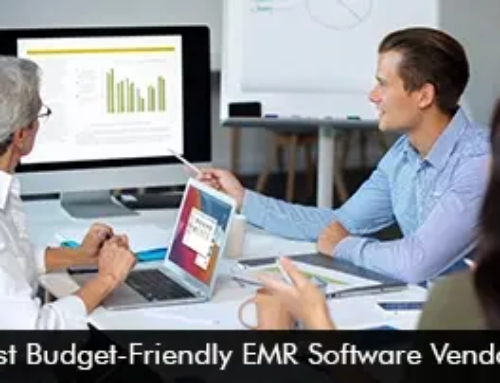Healthcare providers are increasingly adopting digital technologies, and Electronic Medical Records (EMR) Software stands out as a key area for investment. The cost of EMR Software in 2025 fluctuates depending on several elements, including the size of the healthcare practice, the functionalities offered, whether it’s hosted in the cloud or on-site, and the vendor’s standing in the industry. Small practices might find basic EHR Software for as little as $200 to $500 each month per provider. However, for hospitals and larger practices, a full-featured system could range from $1,500 to $3,000 per provider monthly, not counting the setup and staff training costs. The American Medical Association (AMA) emphasizes that proper budgeting for the EMR System is crucial for achieving clinical and operational effectiveness.
Breakdown of EMR Software Pricing Models
Subscription-Based (SaaS): SaaS is the most popular pricing model in 2025. It works like a subscription service, where you pay a monthly or yearly fee for each provider using the software. For instance, Tebra EMR Software has cloud-based plans that start at $349 per month per provider. Athenahealth EMR Software, on the other hand, calculates its fees as a percentage of your monthly revenue, usually between 4% and 8%.
License Fee (On-Premise): This approach involves a one-time payment for a license to use the EHR Software and ongoing maintenance and support fees. eClinicalWorks EMR Software, for example, charges around $599 per month for its cloud-based users. However, it also offers an on-premise solution, which requires an upfront payment costing $15,000.
Custom Enterprise Pricing: Bigger hospitals or multi-specialty clinics often go with EMR Software vendors like Epic Systems or Oracle Health EHR Software. In these cases, pricing can easily climb to hundreds of thousands of dollars. These deals are usually tailored to the specific needs of the organization and involve a lot of negotiation.
What is the Future of EMR Software Pricing Looking Like?
Electronic Medical Records (EMR) Software prices are projected to change quite a bit in the coming half-decade. These changes will mostly be fueled by advancements in artificial intelligence, tools for patient engagement, and new government rules like those in the 21st Century Cures Act and TEFCA. While simpler EMR Systems might stay reasonably priced, the more sophisticated software solutions will see a price hike. This increase is due to functionalities like incorporating telehealth services, wearable tech, and data analytics tools.
On the flip side, though, the ongoing rivalry among EHR Software providers and the emergence of flexible, scalable platforms might open up more wallet-friendly choices for smaller practices. Also, any federal incentives or penalties tied to meaningful use and seamless data exchange could sway pricing one way or another. We can also anticipate that cloud-based solutions will help in cutting down on infrastructure expenses, ultimately making top-notch EMR Software systems more attainable for everyone. This can mean a better and advanced healthcare system.
Selecting the Right EHR Software in 2025 – A Cost and Value Balance
As we look at EMR Software in 2025, clinicians and medical practices shouldn’t just pick the cheapest option. Sure, price is important, but so are things like how easy the EHR Software is to use, the kind of support you get, whether data is safe, and if it works well with billing and lab systems. A cheap system that messes up your workflow might end up costing you more down the line. Knowing how EMR Software pricing is trending can help medical providers plan and pick tools that make taking care of patients better and make their operations run smoother.








